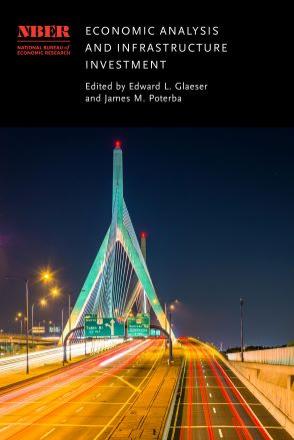Can America Reduce Highway Spending? Evidence from the States

Although infrastructure is a key input into economic growth, systematic evidence on what drives overall spending across time or place is very limited. In this paper, motivated in part by the difficulties in international comparisons, we focus on infrastructure for which we can measure spending consistently over time and space: the US Interstate system. Looking over the period of the build-out of the system from 1956 to 1993, we find that the 75th percentile state spent $8.8 million more per mile than the 25th percentile state, relative to mean spending per mile of $11.5 million (all dollar figures are 2016 dollars). If states spending over the median had limited their expenditure per mile to that of the median state, the Interstate system would have cost about 40 percent less to build. When we limit to choices within policymaker discretion, netting out pre-determined characteristics such as the slope of the terrain, a $3.3 million per mile interquartile range persists. We then show that this cross-state variation exceeds that in other related public and private spending, and examine patterns of correlation that provide evidence of common root causes. We review the evidence that does exist on the root causes of infrastructure spending and test some of these hypotheses in our cross-state setting.
-
-
Copy CitationLeah Brooks and Zachary Liscow, Economic Analysis and Infrastructure Investment (University of Chicago Press, 2020), chap. 2, https://www.nber.org/books-and-chapters/economic-analysis-and-infrastructure-investment/can-america-reduce-highway-spending-evidence-states.Download Citation
-


